Decorating Guides
Slow Living Comes to Home Design
Feeling rushed? No time to relax? Experts weigh in on what slowing down can do for our lives and our homes
‘Slow living’ is no longer a novel concept. Having first appeared a decade ago on the pages of independent magazines as an antidote to the stress of busy daily lives, it has now established itself as a major trend. We talked to professionals in a variety of sectors – architecture, interior and landscape design, ceramics and life coaching – about how they’re addressing clients’ desire to slow down. They showed us how to treasure every aspect of the experience of slowness, and how you can incorporate slow living into your home.
The slow home
It’s a small step from food to lifestyle and home furnishings. Decor that’s all about a slow pace, centring on the rediscovery of traditional materials and techniques and emphasising a close connection to nature, has been particularly visible in industry magazines in recent years.
Among the forerunners was Kinfolk, a magazine founded in Copenhagen, Denmark, in 2011, which is characterised by its devotion to simplicity, craft, non-brand-name design pieces, natural fabrics and country houses with an ‘old-fashioned’ flair, not to mention tasty family recipes. Others have followed Kinfolk’s lead: Cereal, Dim Dam Dom, Lagom and Considered all highlight slowed-down interiors.
It’s a small step from food to lifestyle and home furnishings. Decor that’s all about a slow pace, centring on the rediscovery of traditional materials and techniques and emphasising a close connection to nature, has been particularly visible in industry magazines in recent years.
Among the forerunners was Kinfolk, a magazine founded in Copenhagen, Denmark, in 2011, which is characterised by its devotion to simplicity, craft, non-brand-name design pieces, natural fabrics and country houses with an ‘old-fashioned’ flair, not to mention tasty family recipes. Others have followed Kinfolk’s lead: Cereal, Dim Dam Dom, Lagom and Considered all highlight slowed-down interiors.
The slow home is not just about decor – it’s an entire philosophy. Australian interior designer Natalie Walton describes how you can incorporate slow living into your everyday life in her book Still: The Slow Home (published by Hardie Grant Books).
“The first and simplest way is to consume less – it is perhaps the most important tool at our disposal,” writes Walton. “Secondly, we can also consider the idea of ‘localisation’, a concept developed by economist Helena Norberg-Hodge, who argues that living locally is one of the most effective countermeasures to globalisation.
“The first and simplest way is to consume less – it is perhaps the most important tool at our disposal,” writes Walton. “Secondly, we can also consider the idea of ‘localisation’, a concept developed by economist Helena Norberg-Hodge, who argues that living locally is one of the most effective countermeasures to globalisation.
“Our homes are ideally placed to support and promote these ideas, with everything from the materials we source in construction to how we fit out and furnish them. The choices we make don’t have to be at the expense of creating a space that feels warm and welcoming, though. Instead, they can actually make us feel better about how and where we live.
“Thirdly, when we choose to connect more with nature, it becomes a bigger priority in our lives.”
“Thirdly, when we choose to connect more with nature, it becomes a bigger priority in our lives.”
Slow architecture for you – not the market
Many architects are responding to their clients’ desires for slow living with tailored projects. Eight years ago, Italian architect Stefano Ghiretti decided to settle down in one of his favourite regions, Salento, in Pulia, southern Italy, where he spends his time renovating traditional masseria farm complexes.
“Architecture has always been slow because, regardless of lifestyle, the conception and execution of construction processes requires slowness: the term ‘slow living’ is a somewhat commercial label today,” he says.
“It is true, however, that compared to the frenetic pace of construction in certain parts of the world, slow architecture can be understood as an act of care, taking the time necessary to build one’s home out of the reusable materials on-site. In this sense it is the slow process of a renovation that is not focused on profit.”
Many architects are responding to their clients’ desires for slow living with tailored projects. Eight years ago, Italian architect Stefano Ghiretti decided to settle down in one of his favourite regions, Salento, in Pulia, southern Italy, where he spends his time renovating traditional masseria farm complexes.
“Architecture has always been slow because, regardless of lifestyle, the conception and execution of construction processes requires slowness: the term ‘slow living’ is a somewhat commercial label today,” he says.
“It is true, however, that compared to the frenetic pace of construction in certain parts of the world, slow architecture can be understood as an act of care, taking the time necessary to build one’s home out of the reusable materials on-site. In this sense it is the slow process of a renovation that is not focused on profit.”
Salento is emblematic of the shift to a lifestyle withdrawn from the materialist world and the hectic pace of everyday life. “The desire for rural living is the reason behind Salento’s explosion in popularity in recent years,” says Ghiretti.
“In addition to the many requests for masseria to be used as second homes, lots of Italians and foreign nationals – especially from the UK – want to move here to transform their lives and settle down in houses that are in contact with nature, where they can have gardens, use worm composting, raise animals and enjoy the changing seasons to really connect with the earth.”
“In addition to the many requests for masseria to be used as second homes, lots of Italians and foreign nationals – especially from the UK – want to move here to transform their lives and settle down in houses that are in contact with nature, where they can have gardens, use worm composting, raise animals and enjoy the changing seasons to really connect with the earth.”
Recovering traditional and local architectural models
How does architecture respond to slow living? How can we identify the design practices that can help us slow down?
“The answer is using local models and architectural typologies, those that have always served this kind of function and lifestyle,” says Ghiretti. “It is important to use local materials and insert salvaged elements whenever possible, while recovering the spaces that were there before and converting them to serve other functions.”
Outdoor living is another essential component: “Here, where the climate allows it, it is important to create a very strong relationship between indoor and outdoor spaces, maximising contact with nature so that 50 to 60 percent of your time is spent outdoors.”
How does architecture respond to slow living? How can we identify the design practices that can help us slow down?
“The answer is using local models and architectural typologies, those that have always served this kind of function and lifestyle,” says Ghiretti. “It is important to use local materials and insert salvaged elements whenever possible, while recovering the spaces that were there before and converting them to serve other functions.”
Outdoor living is another essential component: “Here, where the climate allows it, it is important to create a very strong relationship between indoor and outdoor spaces, maximising contact with nature so that 50 to 60 percent of your time is spent outdoors.”
Participatory growth
Slow living is therefore intimately connected with the yearning for greenery and nature, which gets lost in cities, where nature is scarce and lifestyles are accelerated.
Can plant care be a secret weapon for finding a slower pace? That’s what we asked Elisabetta Cavrini who – along with her husband, Michele – runs GardenStudio, a Bologna-based business specialising in terrace and garden design in Italy.
Slow living is therefore intimately connected with the yearning for greenery and nature, which gets lost in cities, where nature is scarce and lifestyles are accelerated.
Can plant care be a secret weapon for finding a slower pace? That’s what we asked Elisabetta Cavrini who – along with her husband, Michele – runs GardenStudio, a Bologna-based business specialising in terrace and garden design in Italy.
For Cavrini, experiencing greenery takes perseverance. Plant care yields results only over time – which every living organism needs in order to grow. “You get the greatest benefit from greenery not when you surround yourself with it, but when you take part in its growth. Not everyone experiences the innate pleasure of living with and caring for plants: it is something very personal, which only takes shape over time.”
This is why she suggests that skeptics try growing just one plant in a pot. Cultivating and seeing a plant grow is an experience that can have surprising effects even on the biggest doubters. “Trying to grow a plant, having an active hand in its development, concentrating on it and understanding its development allows you to align with the rhythm of nature: today I sow, tomorrow I water, and only after that will the plant germinate,” says Cavrini.
“There is value in seeing something that grows with your care or perishes because you don’t understand it or haven’t done enough. In nature, as in life, not everything is always successful, so taking care of something green allows you to understand instability.”
“There is value in seeing something that grows with your care or perishes because you don’t understand it or haven’t done enough. In nature, as in life, not everything is always successful, so taking care of something green allows you to understand instability.”
Caring for nature for the collective good
“We also underscore that caring for nature brings about a result that is not only personal but collective,” says Cavrini. “It is an added environmental value for the city, a beautiful thing for those who see it. In a sense, growing plants is an act of great generosity.”
We asked if she had any advice on how to get started. The answer? Taking your time. “It’s better not to go over your head; always start with a comfortable, easy project so you can have continuity and see the results over time,” she says.
“We also underscore that caring for nature brings about a result that is not only personal but collective,” says Cavrini. “It is an added environmental value for the city, a beautiful thing for those who see it. In a sense, growing plants is an act of great generosity.”
We asked if she had any advice on how to get started. The answer? Taking your time. “It’s better not to go over your head; always start with a comfortable, easy project so you can have continuity and see the results over time,” she says.
Learning to listen to yourself
Born and raised in Paris, France, but now based in the hills of Florence, Italy, Sandrine Kom is a slow life coach. She created this specialty by linking the themes that have always interested her both privately and professionally. At the heart of her practice are authenticity, the importance of listening to that inner voice that all too often gets pushed aside, and the rediscovery of full quality of life.
Born and raised in Paris, France, but now based in the hills of Florence, Italy, Sandrine Kom is a slow life coach. She created this specialty by linking the themes that have always interested her both privately and professionally. At the heart of her practice are authenticity, the importance of listening to that inner voice that all too often gets pushed aside, and the rediscovery of full quality of life.
“I am a nutrition coach,” she says. “Over the course of my professional career, I realised that people who came to me were using food as comfort, to respond to their chronic lack of time for living and listening to themselves. It was this observation that gave rise to my vision for a form of coaching dedicated to slow living. I practice it in combination with ‘slow-living yoga,’ a very slow style of yoga that allows us to get back in touch with all the messages that our body sends us continuously, but which we never want to listen to.”
For Kom, slowness became a way to put the things that are really important back into focus and address neglected needs, like the need for rest. “We have been raised to be very violent with ourselves, to do everything quickly, to feel guilty if we waste time and aren’t productive. Slowing down is a way of focusing on calm and concentration, an attitude that is necessary in order to keep up with the intense rhythm of our everyday lives.”
For Kom, slowness became a way to put the things that are really important back into focus and address neglected needs, like the need for rest. “We have been raised to be very violent with ourselves, to do everything quickly, to feel guilty if we waste time and aren’t productive. Slowing down is a way of focusing on calm and concentration, an attitude that is necessary in order to keep up with the intense rhythm of our everyday lives.”
We asked Kom to share her vision of a slow home and a slow approach to living. “The house is our nest, a sacred place, especially because not everyone has one, and that’s a fact that we often take for granted because we were born into the right part of the world,” she says. “We have to take care of this house, not so we can show it off at its best to our guests, but because the act of cleaning and tidying it are synonymous with taking care of ourselves,” she says.
“I really like simplicity and common sense, which can be developed in small adjustments. First of all, many people sit at tables with the wrong kind of light, which detracts from the enjoyment of what they are eating, or perhaps at a table that is too high or on a chair that they sink into. These are all elements that create disharmony. Contact with natural materials, primarily wood, is very important. I like to use straw baskets in the fridge, they relax me and inspire me to cook.”
She recommends a small practice to regain a sense of wellbeing and harmony with our natural rhythms. “Walking around barefoot, or in socks in winter is, in my opinion, a form of nourishment that allows one to immediately have better posture and be more aware.”
She recommends a small practice to regain a sense of wellbeing and harmony with our natural rhythms. “Walking around barefoot, or in socks in winter is, in my opinion, a form of nourishment that allows one to immediately have better posture and be more aware.”
Ceramic artist Florence Pauliac, who is based in Provence, France, agrees with the need to escape the hectic pace of the world. “Slowness is not a quality valued by our society. Starting in childhood, we have to respond to deadlines imposed by external pressures without our individual pace being taking into account. Slowness, on the other hand, offers the opportunity to go deeper over time, to dwell on the details, to go back and let each aspect of a project ripen.”
The name of her workshop, Slow Ceramic Studio, reflects her desire to rediscover time. “I wanted the name of my atelier to reflect my perception of the world, which is based on slow living. In my work, this translates into pieces that respect my rhythm of life and that of the seasons, which leaves me time to pet my cat and look at my garden. What I make in my workshop reflects these elements.”
The name of her workshop, Slow Ceramic Studio, reflects her desire to rediscover time. “I wanted the name of my atelier to reflect my perception of the world, which is based on slow living. In my work, this translates into pieces that respect my rhythm of life and that of the seasons, which leaves me time to pet my cat and look at my garden. What I make in my workshop reflects these elements.”
Pauliac believes that making ceramics is an excellent way to approach slow living. “First of all, there is a whole series of steps inherent in making ceramics – modelling, drying the pieces, first firing, surface processing, glazing, second firing, etc. I made a choice: to produce little and do it slowly. Each piece I make is unique. The stages of its creation follow one another into my full awareness, while I leave room for the unexpected. Taking my time allows me to create something deep, with renewed meaning.”
Your turn
Which of these ideas would you like to adopt in your own home and daily life? Tell us in the Comments below. And while you’re at it, like this story, save the images and from the Houzz team, we hope you can take a little extra time to yourself today to do something you love.
Read more:
Keen to develop that green thumb? Read up on How to Grow a Green Thumb
Which of these ideas would you like to adopt in your own home and daily life? Tell us in the Comments below. And while you’re at it, like this story, save the images and from the Houzz team, we hope you can take a little extra time to yourself today to do something you love.
Read more:
Keen to develop that green thumb? Read up on How to Grow a Green Thumb



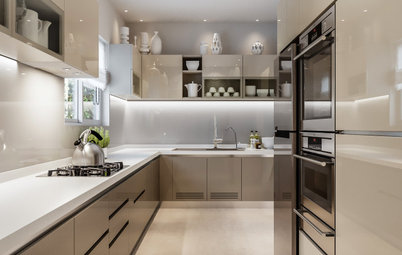
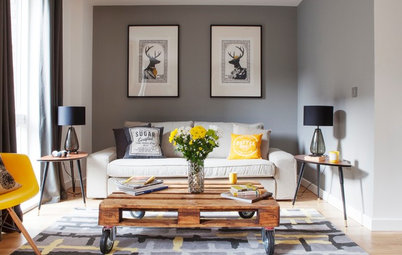
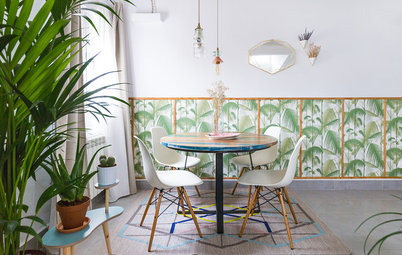
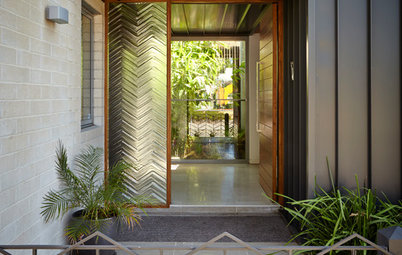
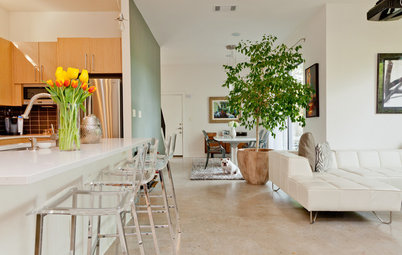
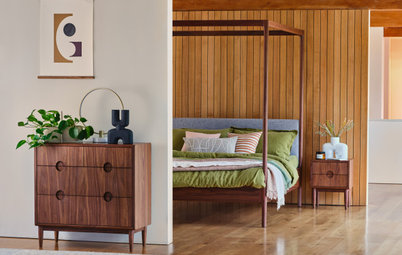
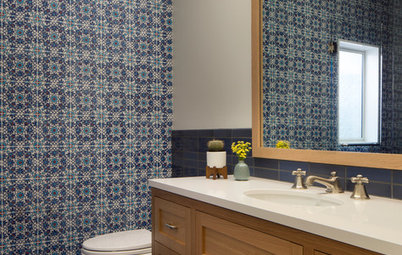
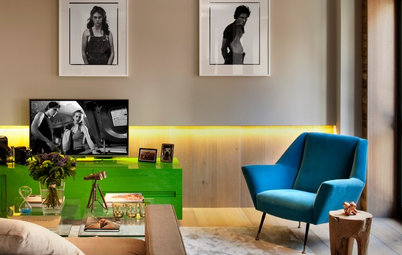
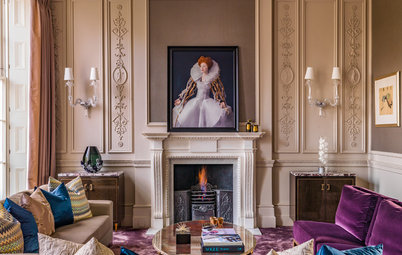
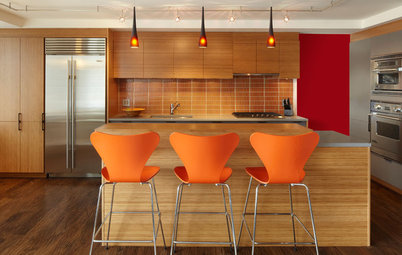
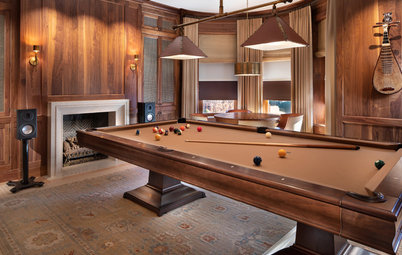
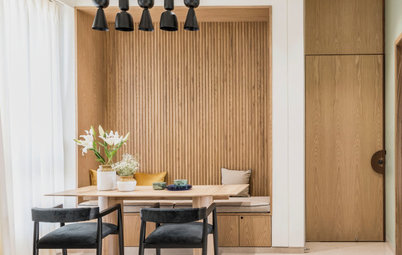
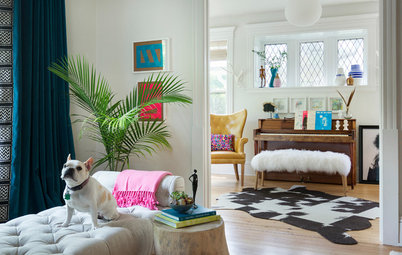
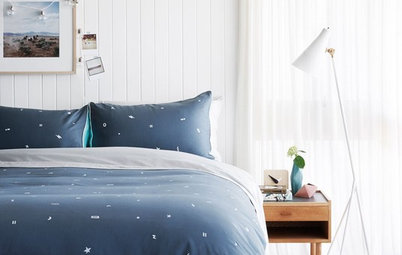
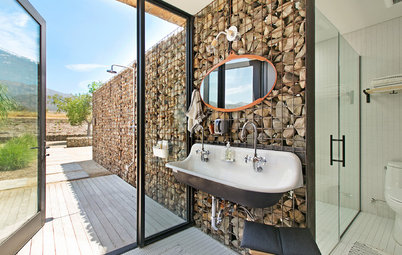
After Petrini, English-speaking countries took the reins, theorising the need for a return to a slower pace and linking food to other areas of life. Many authors have used the word ‘slow’ as a synonym for sustainable, local, organic and whole.
Find an architect near you to design your dream home to suit your lifestyle